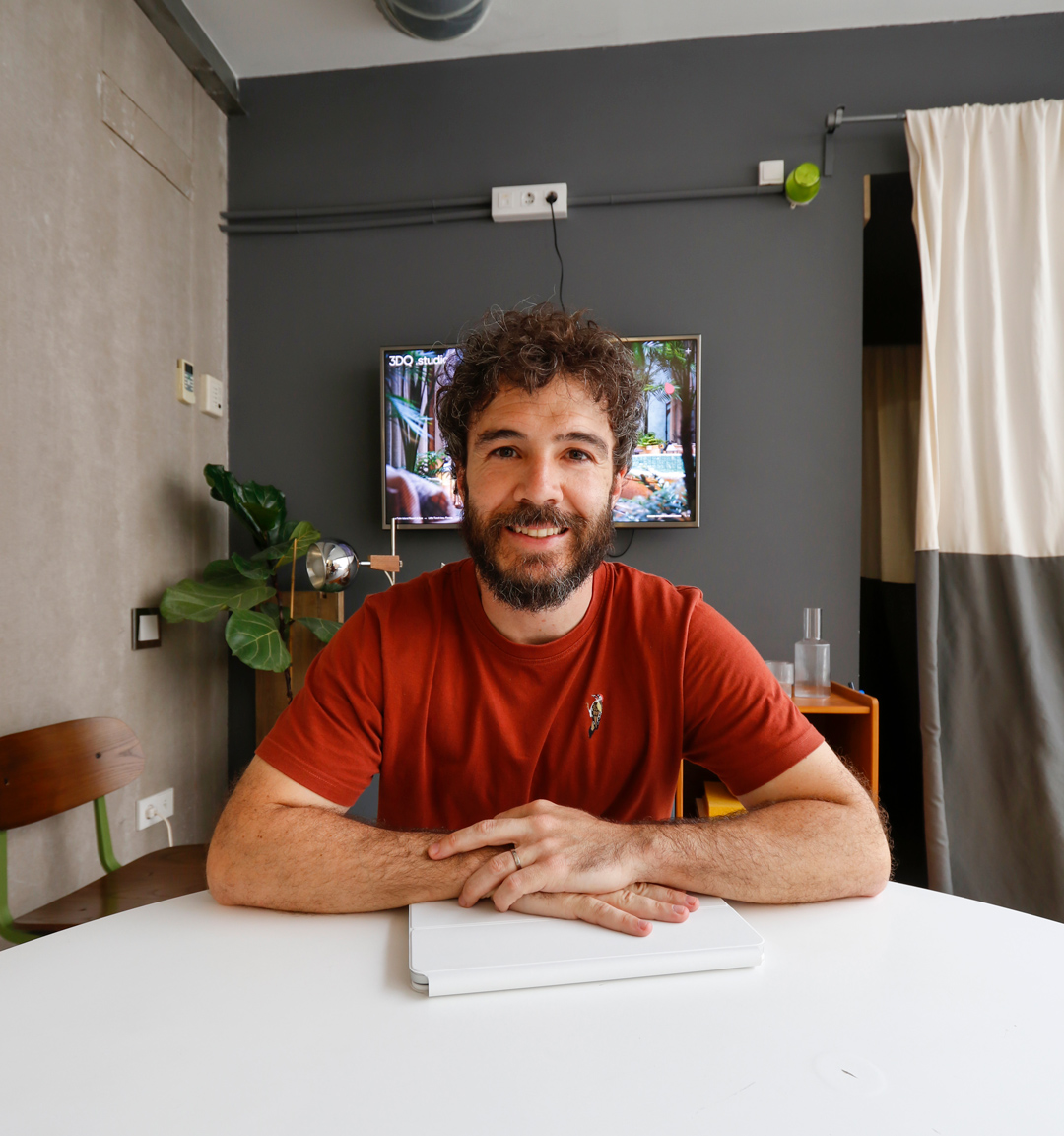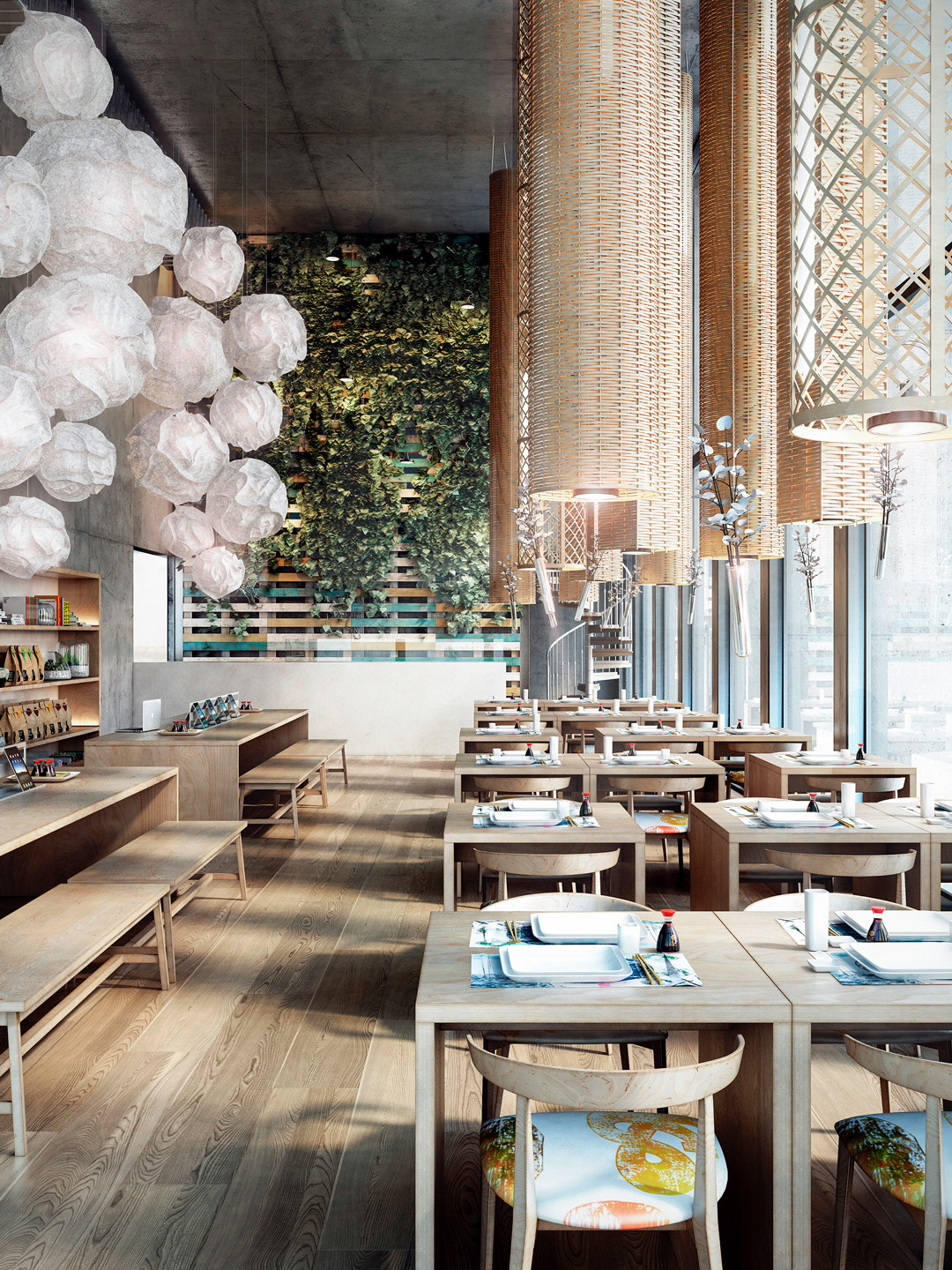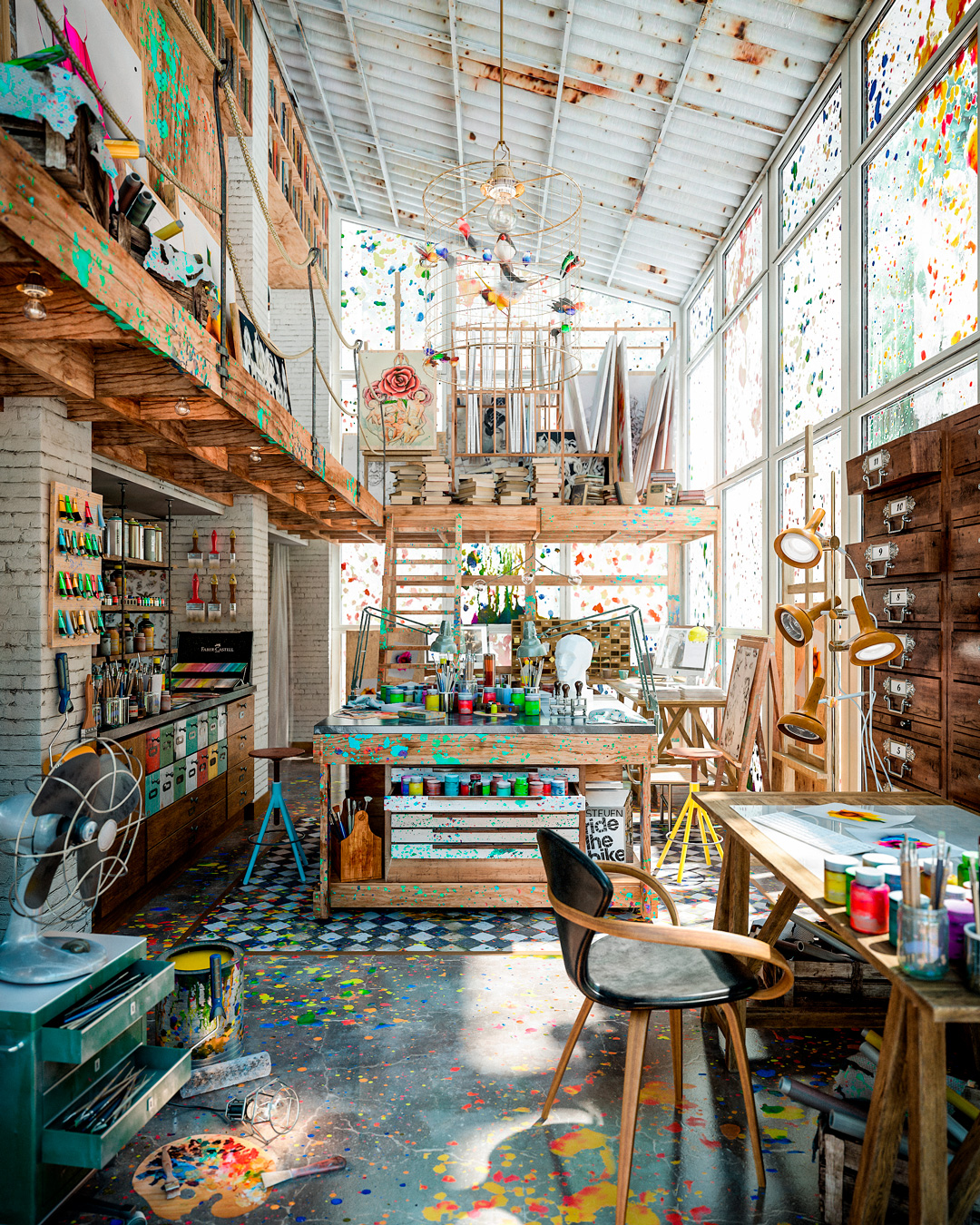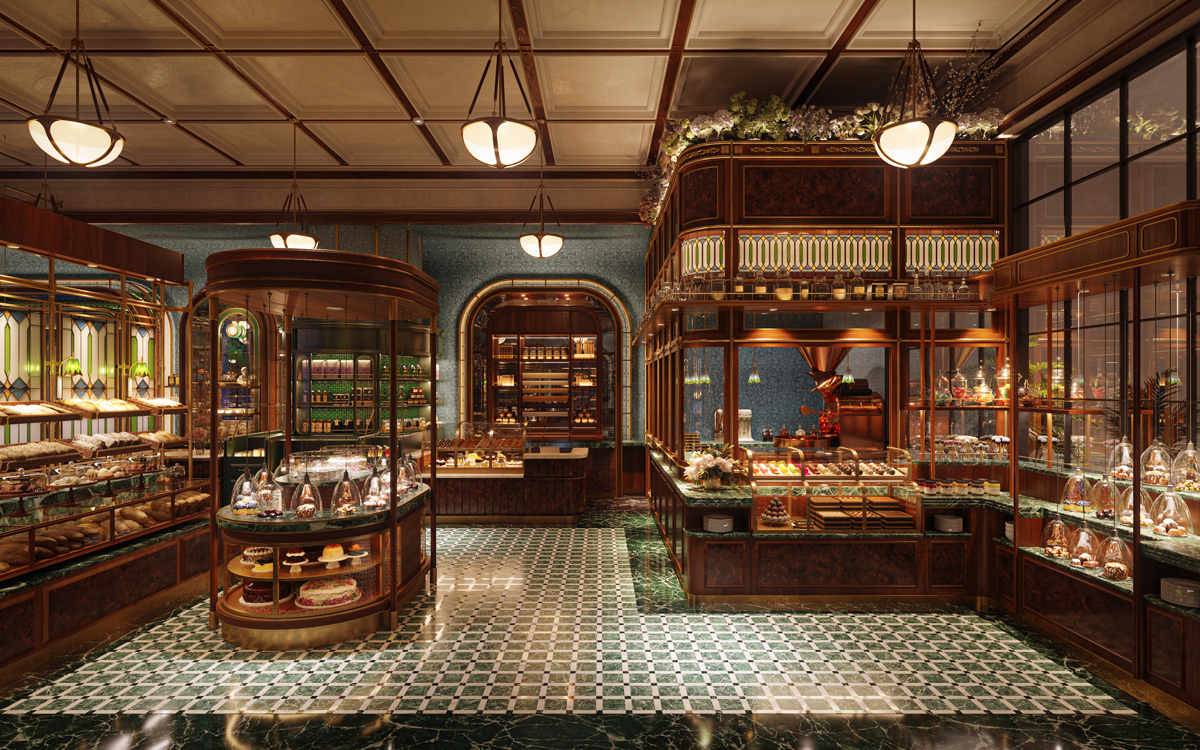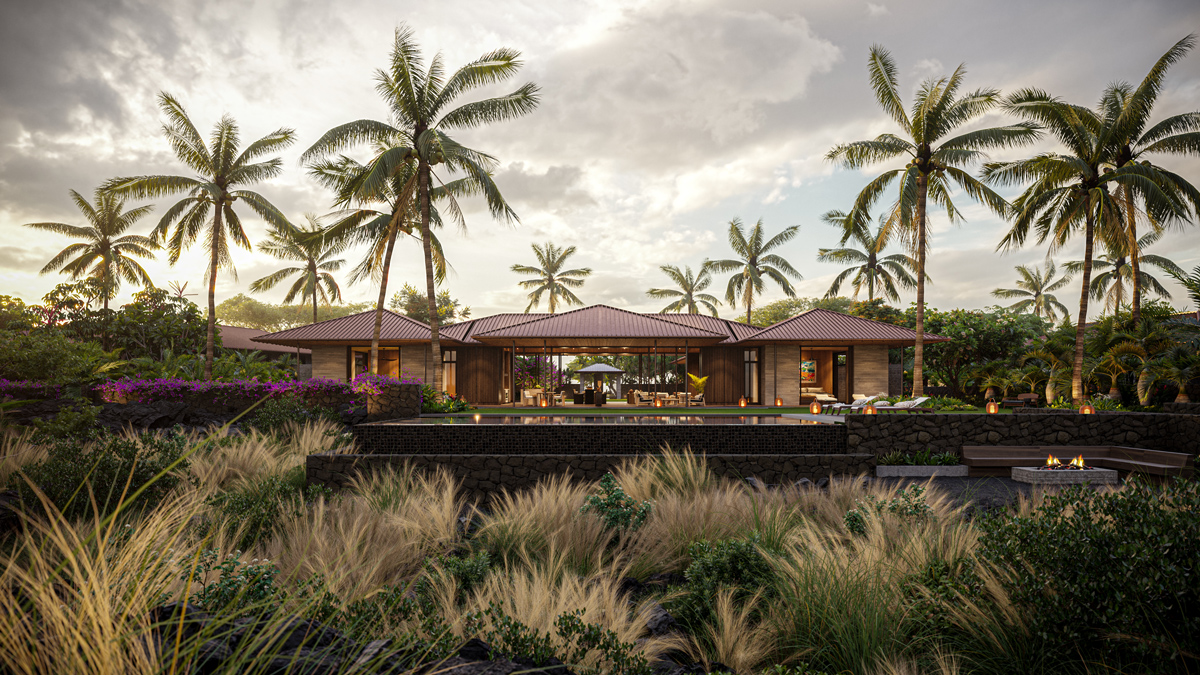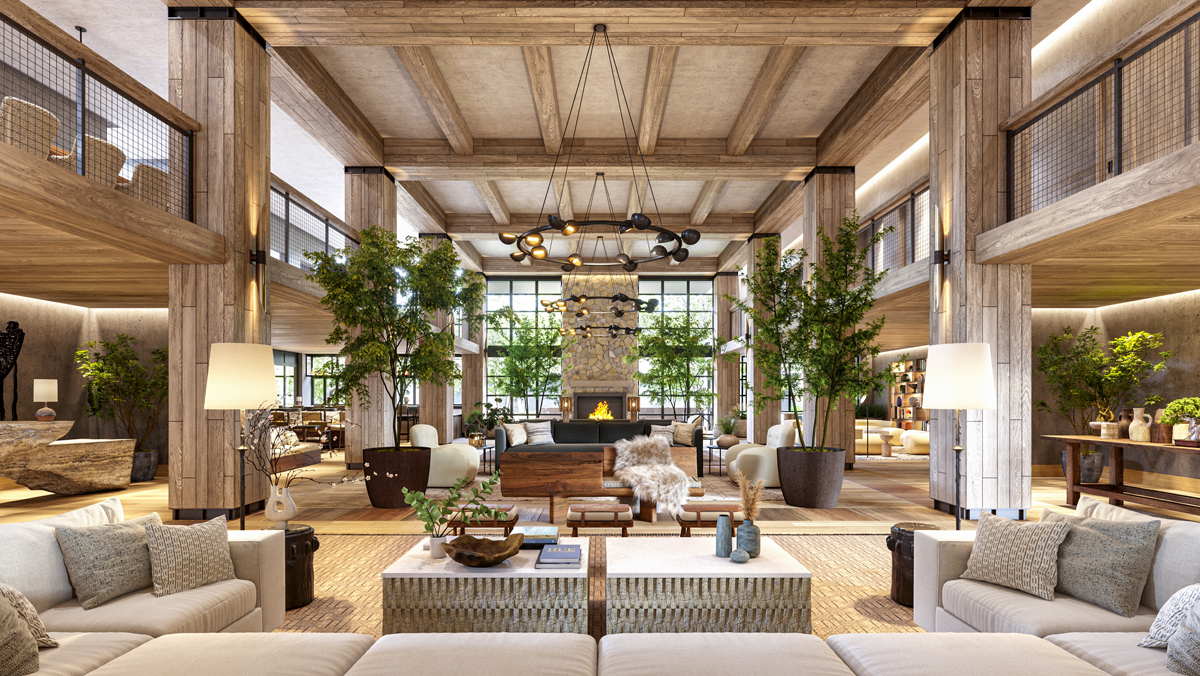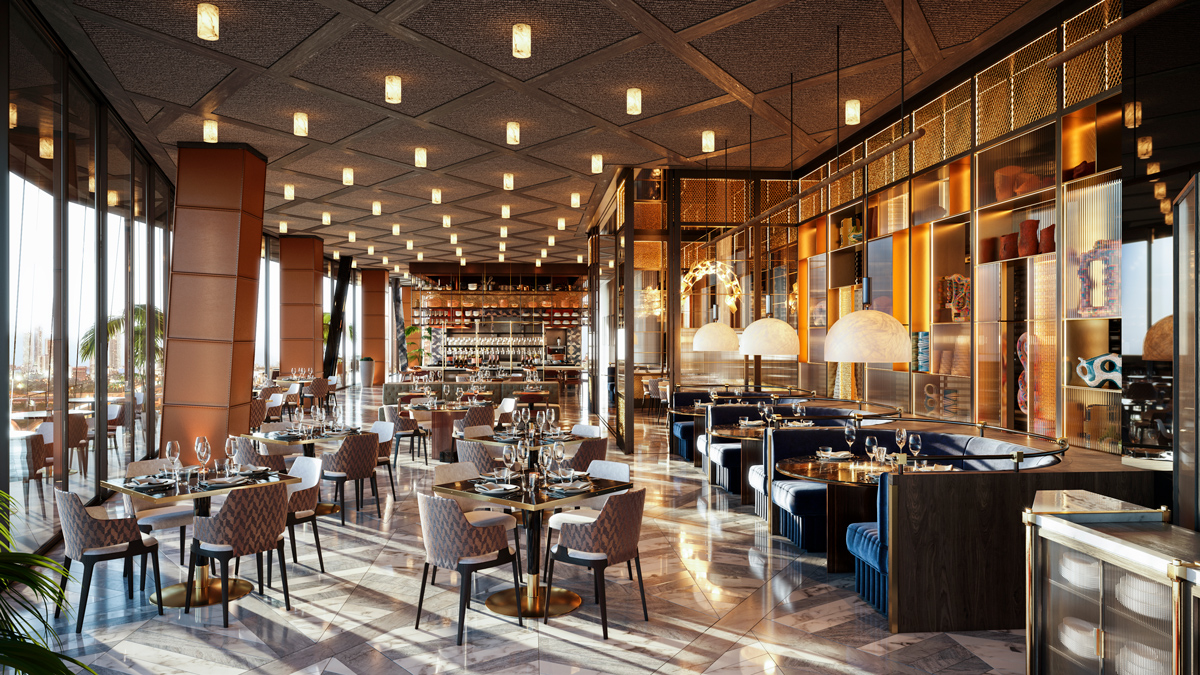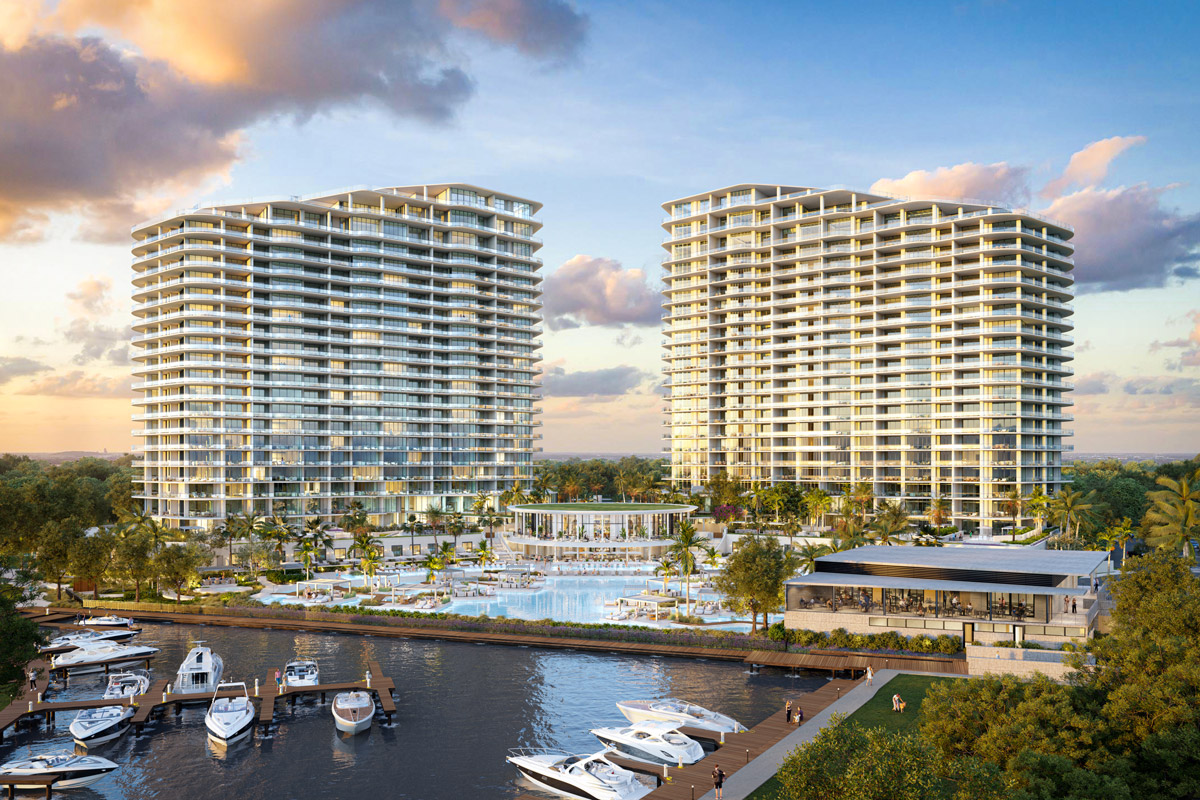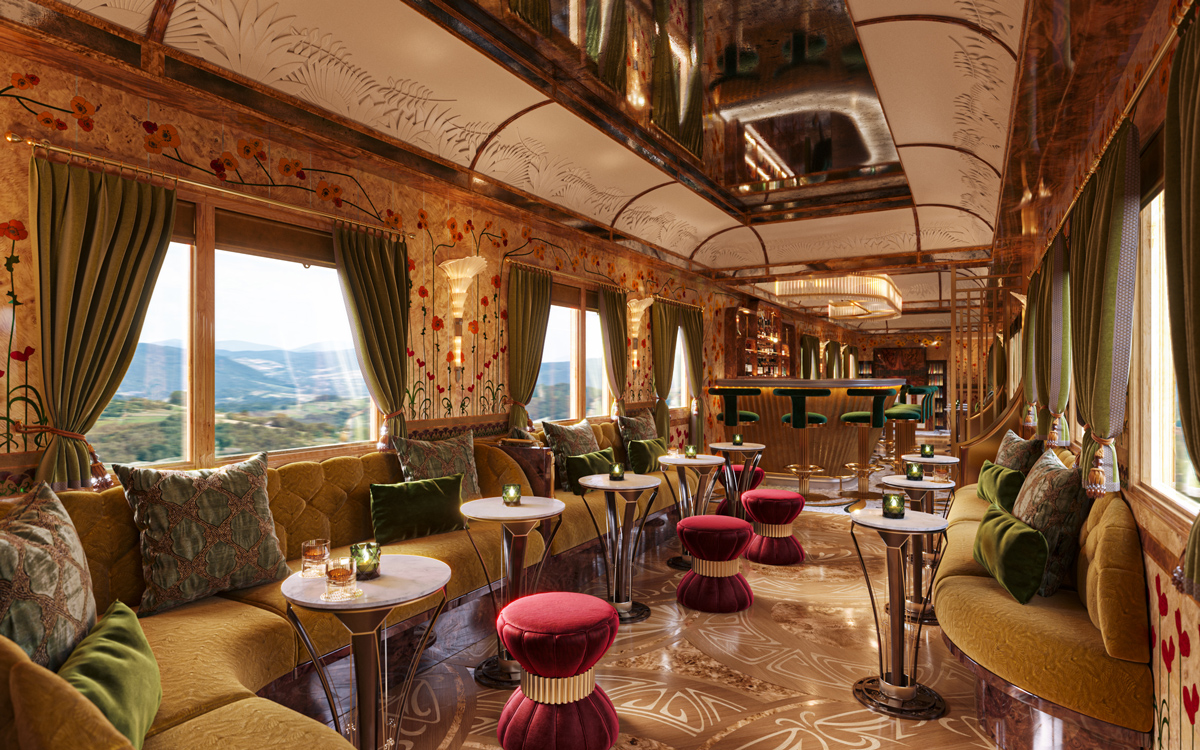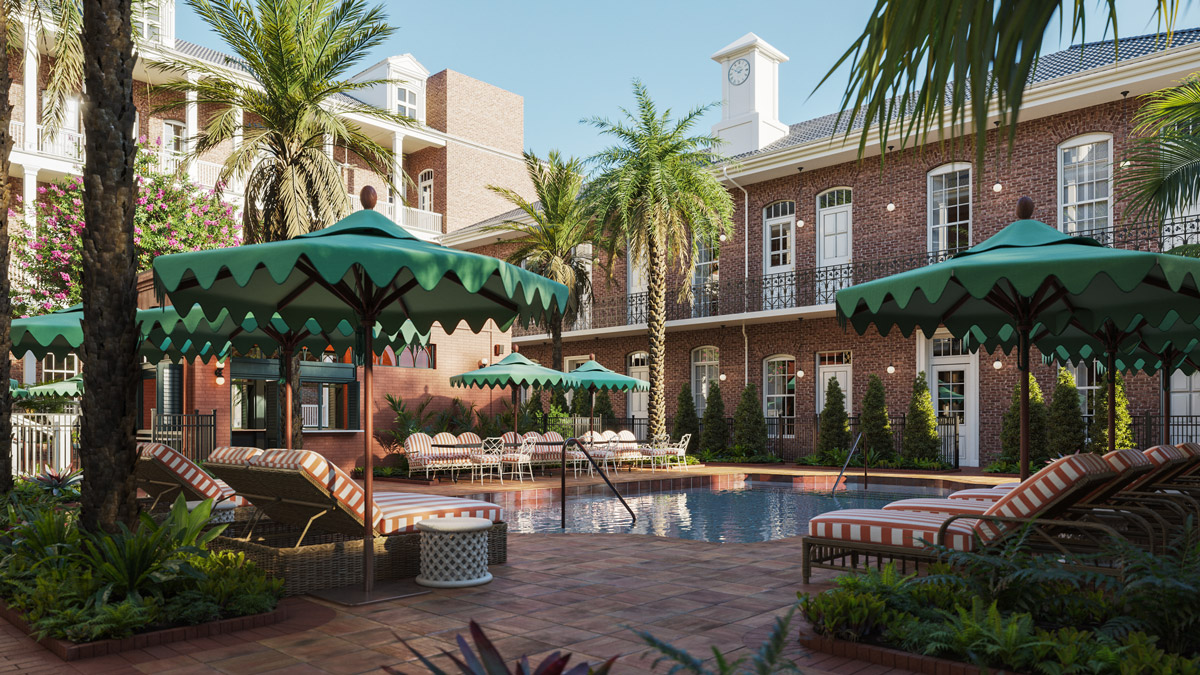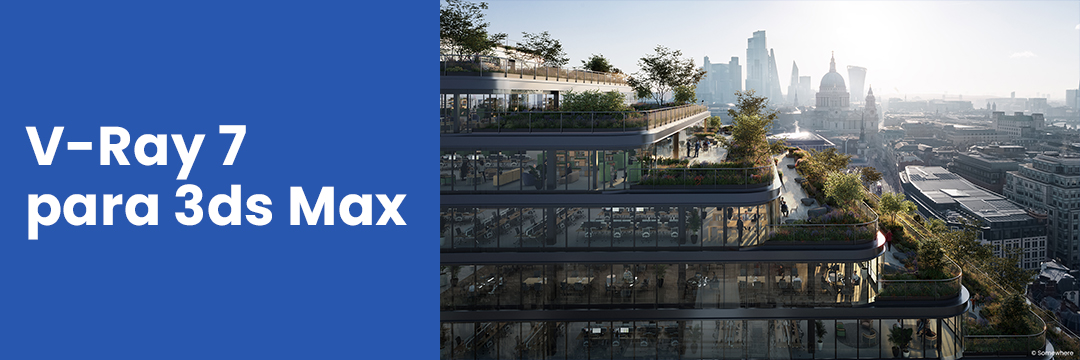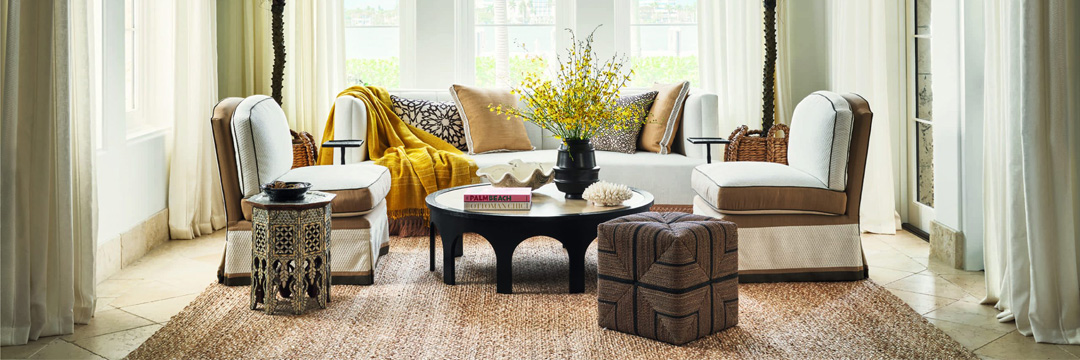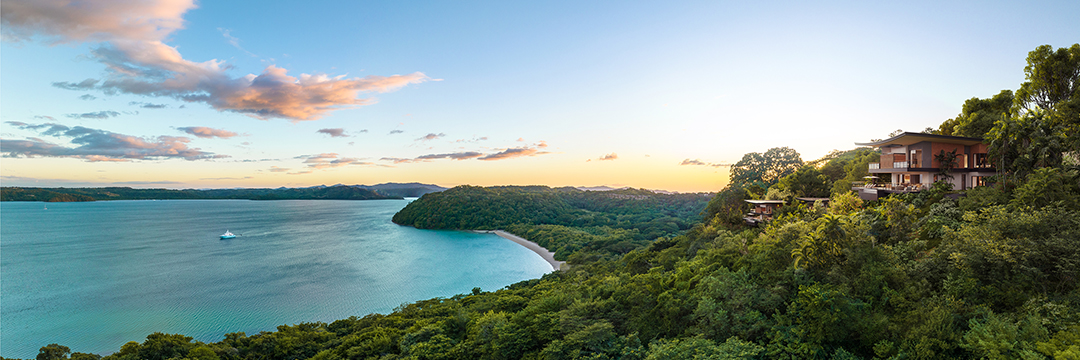
Today we have the pleasure of interviewing Diego Querol, founder of 3DQ, one of the most international Spanish architectural visualization studios. We will know in depth how they have managed to position themselves as a reference studio with their own style and create some of the most spectacular CG images in our industry.
1. Tell us about the beginnings of 3DQ.
To begin with, I would say that founding a studio was never in my plans.
Like many people of my generation, I finished my Industrial Design studies in the midst of a crisis, so my first experience as a 3D artist was in an interior design agency in Amsterdam in 2010.
Later I went through several national companies that I combined with sporadic freelance jobs. I guess that’s what a lot of 3D artists do these days.
A turning point in my career came, in 2012, when I began to publish personal projects on a regular basis.
Before, it was much easier to make noise in the 3D community, and some of my work gave me some visibility.
I saw a lot of images of conventional housing, but there was very little about restaurants and hotels, which was generally what I had learned in Amsterdam, so I decided to specialize in that.
That’s when I published The Creative Coffee (2012) and The Japanese Restaurant (2013), which was nominated for the CG Awards, and many doors opened for me.
With these two projects, people from the interior design, restaurant and hotel sectors began to get in touch.
After some time working alone many more hours than I would have liked, I continued with the dynamic of publishing some personal work every year. And it was in 2015 when the Arts&Crafts project appeared as a nominee for the CG Awards. This time I ended up winning the award for the best Non-commissioned image.
This image marked the style line of our images, but no matter how many hours I dedicated to it, working alone, it was impossible to treat professional projects with the same detail and affection that I put into personal works.
This became a personal frustration, and worst of all, my clients began to notice the lack of consistency.
So, after some time already with a portfolio of clients and a more or less solid experience, I started looking for 3D artists with the aim of bringing professional projects to the quality standard that had been demonstrated. And we ended up founding what is known today as 3DQ.
1. Tell us about the beginnings of 3DQ.
To begin with, I would say that founding a studio was never in my plans.
Like many people of my generation, I finished my Industrial Design studies in the midst of a crisis, so my first experience as a 3D artist was in an interior design agency in Amsterdam in 2010.
Later I went through several national companies that I combined with sporadic freelance jobs. I guess that’s what a lot of 3D artists do these days.
A turning point in my career came, in 2012, when I began to publish personal projects on a regular basis.
Before, it was much easier to make noise in the 3D community, and some of my work gave me some visibility.
I saw a lot of images of conventional housing, but there was very little about restaurants and hotels, which was generally what I had learned in Amsterdam, so I decided to specialize in that.
That’s when I published The Creative Coffee (2012) and The Japanese Restaurant (2013), which was nominated for the CG Awards, and many doors opened for me.
With these two projects, people from the interior design, restaurant and hotel sectors began to get in touch.
After some time working alone many more hours than I would have liked, I continued with the dynamic of publishing some personal work every year. And it was in 2015 when the Arts&Crafts project appeared as a nominee for the CG Awards. This time I ended up winning the award for the best Non-commissioned image.
This image marked the style line of our images, but no matter how many hours I dedicated to it, working alone, it was impossible to treat professional projects with the same detail and affection that I put into personal works.
This became a personal frustration, and worst of all, my clients began to notice the lack of consistency.
So, after some time already with a portfolio of clients and a more or less solid experience, I started looking for 3D artists with the aim of bringing professional projects to the quality standard that had been demonstrated. And we ended up founding what is known today as 3DQ.
2. How has 3DQ evolved from its inception to now, both in terms of growth and changes in its approach and services?
3DQ opens its doors in Barcelona in 2016 with a team of 4 people. During the first two years it was a period of constant learning, since the management of human resources was something that I had never faced.
At first I tried to get everyone to make their own images, but I soon realized that this was the same as working alone. There was a lack of time to reach the quality that was intended and we continued with consistency problems.
I soon understood that not all of us have the same technical and artistic abilities, so I opted for specialization in each of the phases of the project. Instead of making four images individually, the four of us started working on each of the images and each one participated in the part that they were best at.
The results came quickly, we not only managed to improve the quality but in terms of performance we started to take the images much faster and, suddenly, the studio began to grow rapidly.
In 2020 we had two venues in operation, the original one in Barcelona with seven artists and a second venue in Valencia with five more artists.
Things were going very well for us but the pandemic made everything very complicated. We grew too fast, and it caught us with a lot of people who were practically new to the team. The remote management of the two studios became very complex and I made the decision to centralize the services in Valencia, where we currently work with a team of seven people.
Today, the vast majority of the team have been with us for about 4 years, and I could say that we are in one of the sweetest moments in the history of 3DQ. The roles and competencies of each one are well established, things come naturally, and this has also facilitated the adaptation of new members to the team.
As for the services we offer, it is true that we started specializing in fully customized high-end interior design. But since the pandemic we have invested heavily in outdoor visualization and animation. Many of our clients used to ask us for this type of services and we did not have a solid portfolio.
Currently, we have improved a lot in this field, and we are comfortable in both indoor and outdoor scenes.
The results came quickly, we not only managed to improve the quality but in terms of performance we started to take the images much faster and, suddenly, the studio began to grow rapidly.
In 2020 we had two venues in operation, the original one in Barcelona with seven artists and a second venue in Valencia with five more artists.
Things were going very well for us but the pandemic made everything very complicated. We grew too fast, and it caught us with a lot of people who were practically new to the team. The remote management of the two studios became very complex and I made the decision to centralize the services in Valencia, where we currently work with a team of seven people.
Today, the vast majority of the team have been with us for about 4 years, and I could say that we are in one of the sweetest moments in the history of 3DQ. The roles and competencies of each one are well established, things come naturally, and this has also facilitated the adaptation of new members to the team.
As for the services we offer, it is true that we started specializing in fully customized high-end interior design. But since the pandemic we have invested heavily in outdoor visualization and animation. Many of our clients used to ask us for this type of services and we did not have a solid portfolio.
Currently, we have improved a lot in this field, and we are comfortable in both indoor and outdoor scenes.
3. Tell us about the company culture of 3DQ, how do you manage to maintain a creative and collaborative environment among employees?
The studio was created under the firm idea of treating each project with the same care and level of detail as when we carry out a personal project.
To encourage creativity and collaboration, there are several factors in our company culture that I consider essential.
1. The job. A place where we are going to be at least forty hours a week must be nice. And after going through several offices it seems that we have finally found a workspace in which we feel very comfortable.
2. Technological investment. Providing the artists with enough workstations and rendering muscle so as not to lengthen the workdays is something that we have always kept very much in mind. The objective is to minimize the technical limitations to work as comfortably as possible and arrive at deliveries with enough slack.
3. The work schedule. Three years ago we established the permanent intensive shift, and the results have been very satisfactory both in terms of quality of life and performance. Our day begins at 7:30 in the morning and ends at 3:30 in the afternoon.
4. Reasonable delivery times. We try to negotiate fair times with the client, which allow our artists to work calmly. Obviously some limits are established and there is a follow-up, but we try to give the projects the maturation they require without rushing the deliveries.
5. The remuneration. Ensuring the quality of life of our human resources is possibly the most important point. And for this we have salary scales that are reviewed according to individual performance, accompanied by two annual bonuses according to the performance of the semi-annual financial year.
In summary, our company culture is based on common sense, trust and long-term relationships with our human resources. Getting people to come to work happy, motivated and calm is essential and we make a significant effort so that this does not remain in words.
4. How is the work team made up? What skills and specialties do you consider crucial for the success of the study?
Our images generally require a lot of labor. Rarely the same person takes an image from start to finish, therefore our team is made up of different profiles according to each phase of the project and we work like an assembly line.
For the initial (technical) phase of organic and architectural modeling, we have people specialized in this field who take the project to the clay model level. This part is usually in charge of Juan Carlos, David Querol and Andrés Carrión.
From here, more artistic profiles are in charge of the cameras, texturing and final art. In this case we have Álvaro Bonafont, Álvaro Arroyo and Francisco Sacristán, the latter two are precisely former students of the Schooling Master’s in Architectural Visualization.
I am in charge of client management and final art direction.
Obviously, not everything is always black or white, and this does not mean that a person with a more technical profile does not carry out texturing and lighting tasks. Generally we all defend ourselves in both areas and end up participating in all parts of the process according to production needs. But under normal conditions, we try to get everyone to work on what they are best at.
As for the second question about the success of the study, I would not talk about special abilities. Today there are few secrets left in the Archviz and I don’t think there is much difference between the skills that we can have to those of any other studio.
If there is something that keeps the studio going, it is the teamwork methodology and the human group that has been behind each of the images produced over the years. Beyond the virtues and defects that each of us has, the degree of involvement and commitment of each of the people who have been part of 3DQ has been and is indisputable.
And this aspect has undoubtedly been crucial to the success of the study.
5. What kind of projects do you usually work on?
We generally do hospitality, real estate and architecture projects. All of them generally composed of interior and exterior images and even some animation.
We are lucky to have a wide variety of clients who offer us new challenges and a wide variety of project types. This is something that I love about our profession, one week we are doing a resort in Costa Rica, the next week a casino in Las Vegas, the next a luxury train in the United Kingdom…
Regarding the level of projects, we have been lucky to be able to work on those projects that always lead us to learn new things. I’m not very much in favor of fitting in or being pigeonholed in the same type of project, and every year I try to find new challenges for the team.
6. Tell us about your workflow, from the moment you receive the project to the final delivery to the client. What methodologies do you use to guarantee quality and efficiency?
As we have previously commented, we work as a production chain. The projects come to us quite defined both at the level of interior design and at the architectural level. Sometimes they send us 3d models, other times we start from the blueprint, but there is always a prior negotiation with the client through a contract in which we explain what can be expected from us and the information that must be provided to us in order to start from scratch. effective way.
When the project goes into production, the modeling team is the first to jump into action. One person is in charge of preparing or/and polishing the architecture model and at the same time another person works on the furniture part; collecting those pieces of furniture that can be purchased on commercial platforms and modeling those that are necessary. This is a phase that requires creativity to give detail to the architecture models that, most of the time, come with very basic geometry.
The creation of the clay model is the letter of introduction of the project to the client, and we always try to offer them a level of detail that puts the situation face to face.
When the modeling is complete it is shared and we discuss the points of view with the final art team. Once we receive the comments from the clay model round we proceed with texturing and lighting study.
The first color round is very important, and we are already trying to ship a nearly finished product. We ship a total of two color rounds before the final image.
To guarantee quality and consistency, internally we are always reviewing our previous work and sharing those aspects that we believe can be improved. There is a high level of self-criticism and the demand in the study has to be understood and respected by everyone. Anything that adds up is always well received.
7. What are the main references or inspirations that guide the 3DQ approach?
We tend to do a lot of research into our clients’ past work and the type of photography they use. Also the lighting they use, color temperatures, styling, etc.
Images by Brandon Barré, Emily Andrews, or Douglas Friedman, among others, are regular photographers of our clients. It is also curious because most of the time they end up photographing the projects that we have previously rendered.
8. What has been the most challenging or significant project you have developed to date and what did you learn from it?
The most complete project we have done is The Enclaves, Nacascolo Bay.
It is a project that we have recently completed, and which has perhaps been our first blockbuster.
It is made up of a total of thirty images and a two-minute animation in which we recreate the Bay of Nacascolo in 3D with all the animated vegetation.
For the images we had a lot of time but we had to do the animation in three weeks, and not having extensive experience in this field were days of real heart attack.
Thanks to a great management of the files and external references that the production team previously carried out, we were able to move the project forward and we even ended up very satisfied with the result.
9. In relation to the future, how does 3DQ see the role of artificial intelligence, virtual reality and other emerging technologies in architectural visualization? Are you implementing or planning to implement any of these technologies in your work?
As for all the technological revolution and emerging currents in our sector… we are going to face it very calmly. Artificial intelligence seems to be going to revolutionize the market, and when it settles a little more, we will try to find a real application for it in the studio. But I want to be positive and think that he comes to help us and not to replace us.
When virtual reality appeared, we made a significant investment in training, personnel, and technology to enter the market, we even won a CG Award in 2018 for the best interactive experience. But then the demand, the costs and production times were not as expected.
Currently, with the pandemic under control, it seems that virtual reality is starting to take off again. The software is much less technical than a few years ago and therefore production times are going to be more affordable. We are polling our clients to resume work but we will definitely do it more calmly than before.
We are aware that we are a small studio that functions as a display boutique. Going too far without a big enough team and strong demand in this arena can be risky. In addition, we cannot afford to compromise the quality of the rest of the projects, so we will act very prudently.
10. What is your vision of the future of Architectural Visualization and how does 3DQ plan to adapt to the changes and emerging trends in the industry?
Indeed, it seems that there will be many changes in the short term, especially in the visualization of architecture for competition, in which Artificial Intelligence will surely have a prompt application. We believe that it is important to be up-to-date in terms of new technologies, but as I said in the previous answer, I don’t think you should be in a hurry.
I don’t like to see them as a threat but as an opportunity.
I hope you have enjoyed this interview with Diego Querol, if you are interested in learning more about 3DQ’s work, you can visit the following links:
As always, we invite you to leave any comments or suggestions at the bottom of this page.

